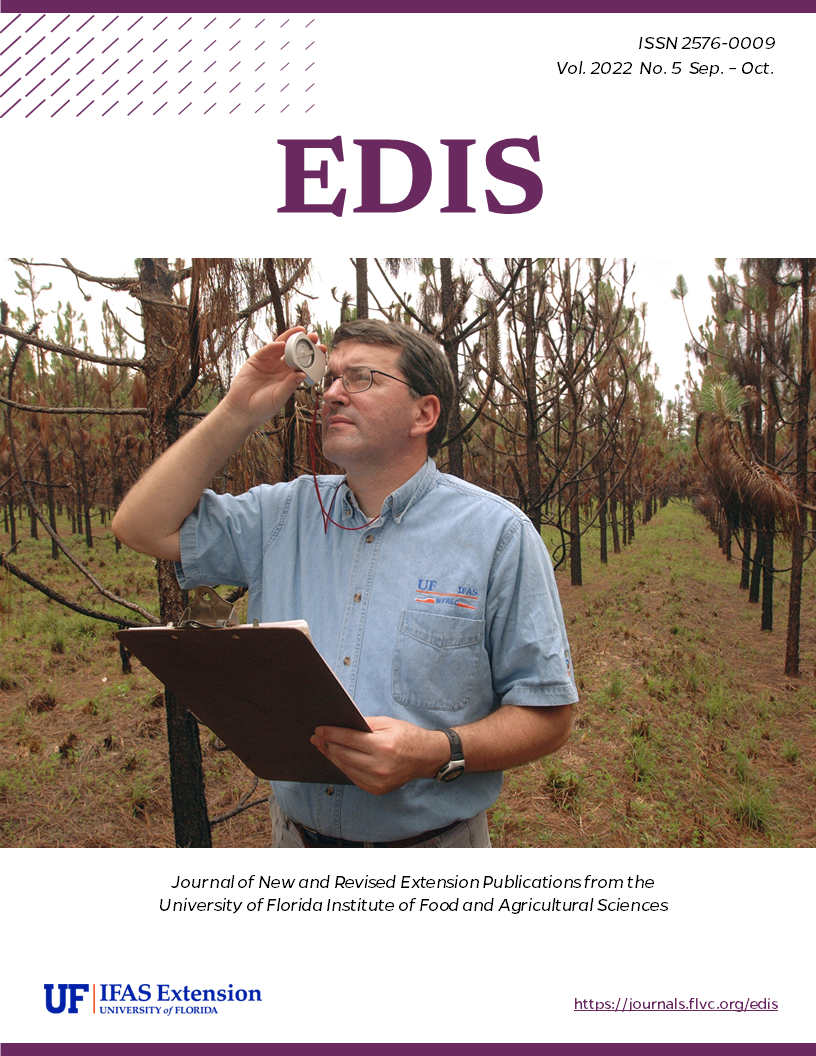Abstract
Los insectos exhiben varios niveles de organización social. Muchas especies viven en grupos durante una parte de sus vidas, pero no todos estos grupos son verdaderamente sociales. Por ejemplo, las abejas chimenea, Anthophora abrupta, viven en grupos durante períodos de tiempo, no obstante, son abejas solitarias. Las abejas chimenea hembras construyen nidos en grandes grupos, dando la impresión de que son sociales, pero de hecho cada hembra construye y aprovisiona su propio nido. En contraste, algunos insectos, las hormigas, por ejemplo, viven en sociedades complejas llamadas colonias y dependen de interacciones sociales continuas para sobrevivir. Los miembros de estas especies sociales no pueden sobrevivir como individuos; deben vivir como parte de una colonia.
References
Atkins, E.L. 1975. The Hive and The Honey Bee. Dadant & Sons, Hamilton, Illinois, USA.
Graham, J.R., J.D. Ellis, H.G. Hall, and C.Z. Nalen. 2013. Miner Bee, Chimney Bee Anthophora abrupta Say. EENY-512. Gainesville: University of Florida Institute of Food and Agricultural Sciences. https://edis.ifas.ufl.edu/in912. Accessed August 30, 2015. https://doi.org/10.32473/edis-in912-2011
Johnson, B.R. 2007. "Within-nest temporal polyethism in the honey bee." Behavioral Ecology and Sociobiology, 62(5), 777-784. https://doi.org/10.1007/s00265-007-0503-2
Keller, L. 2003. "Behavioral plasticity: levels of sociality in bees." Current Biology, 13(16), R644-R645. https://doi.org/10.1016/S0960-9822(03)00571-2
Koehler, P.G., R.J. Vazquez, and R.M. Pereira. 2013. Ants. ENY-203. Gainesville: University of Florida Institute of Food and Agricultural Sciences. https://edis.ifas.ufl.edu/ig080. Accessed August 30, 2015.
Moritz, R.F., and E.E. Southwick. 1992. Bees as superorganisms: an evolutionary reality. Springer Verlag, Berlin Heidelberg. https://doi.org/10.1007/978-3-642-84666-3
Mortensen, A.N., D.R. Schmehl, and J.D. Ellis. 2013. Apis mellifera Linnaeus, and subspecies (Insecta: Hymenoptera: Apidae). EENY-568. Gainesville: University of Florida Institute of Food and Agricultural Sciences. https://edis.ifas.ufl.edu/in1005. Accessed August 30, 2015.
Seeley, T.D. 1985. Honeybee Ecology. Princeton University Press, Princeton, New Jersey, USA.

